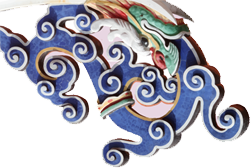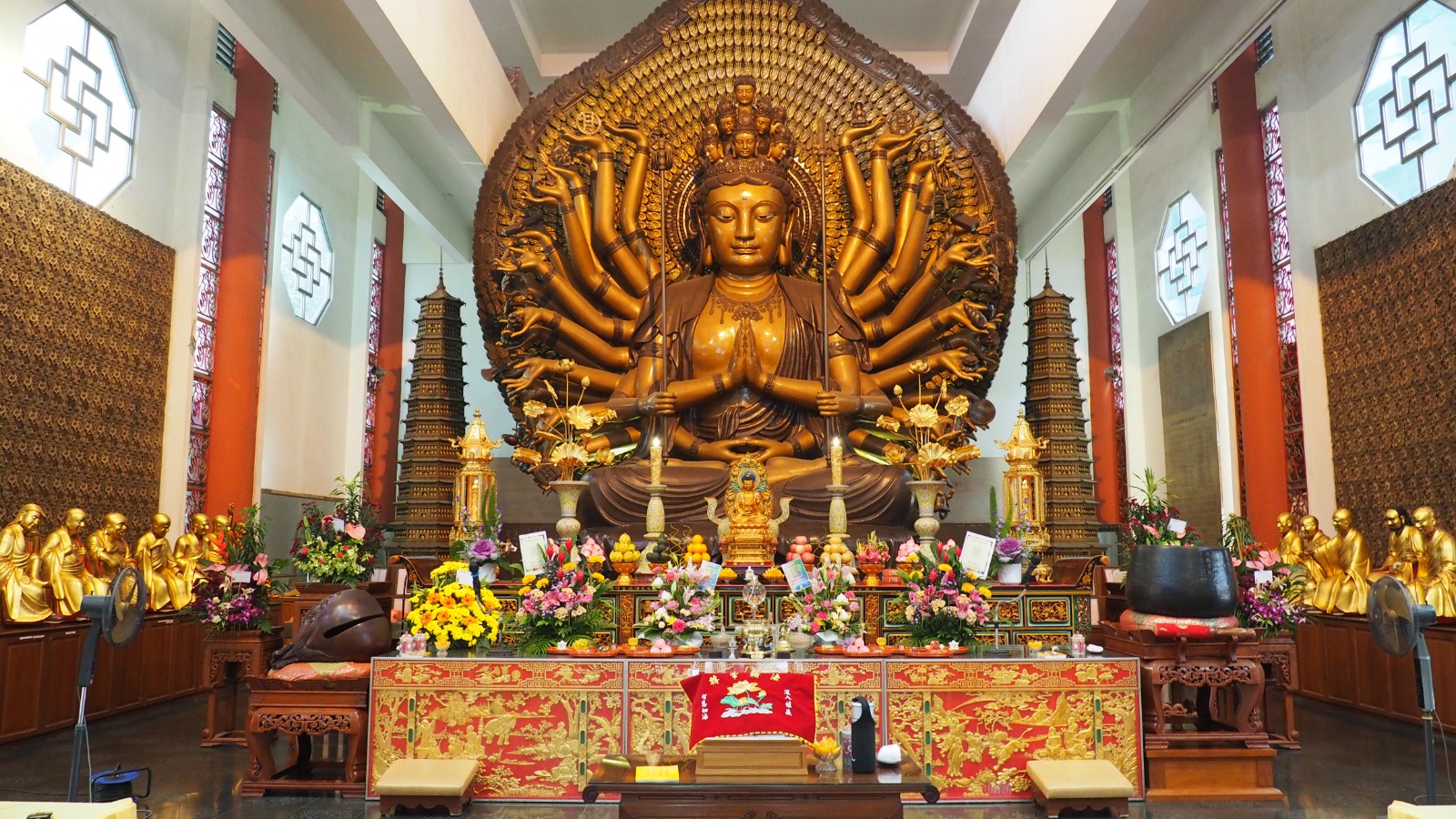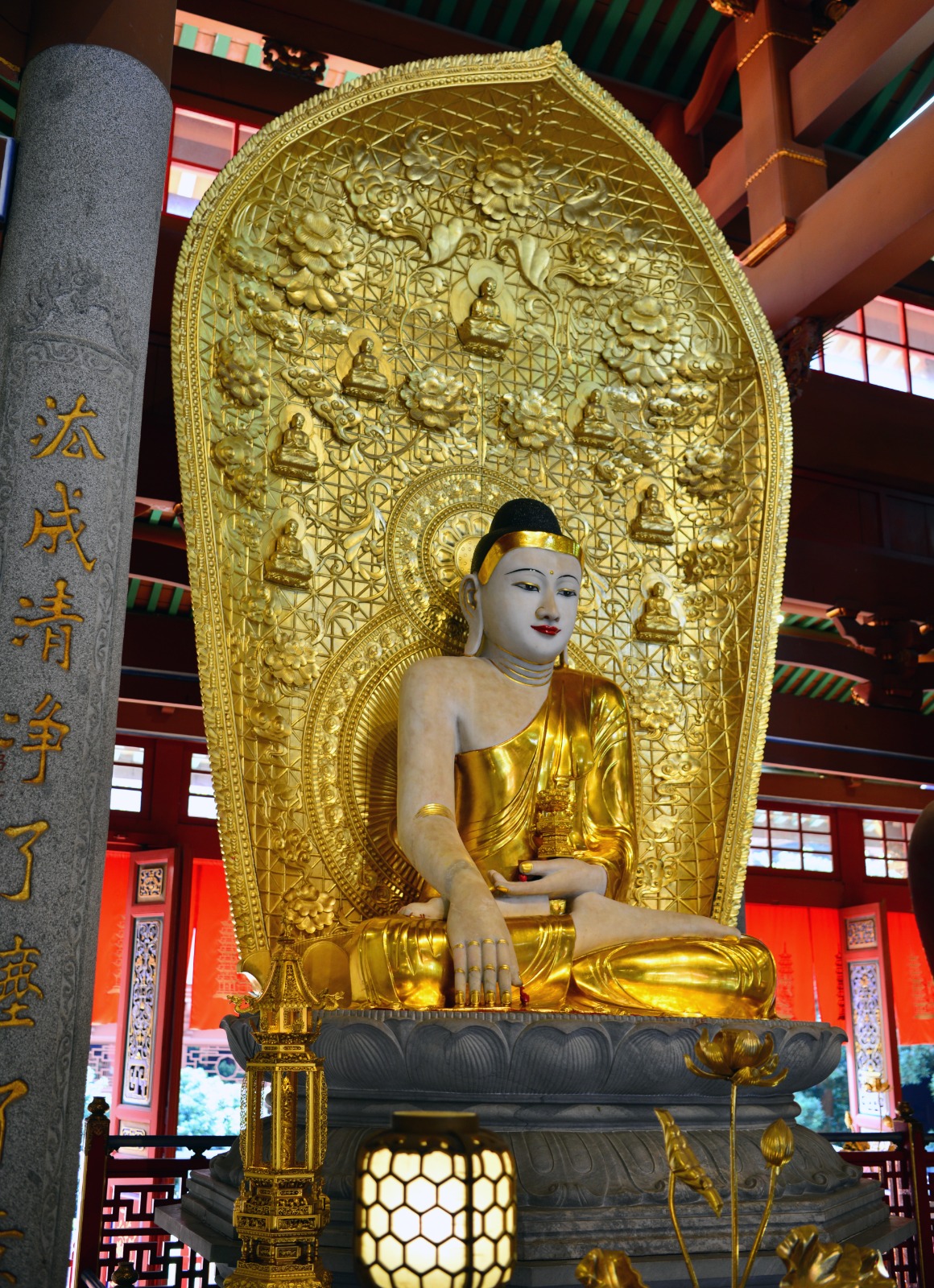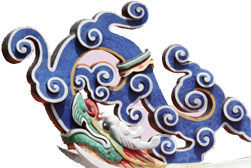Note from the Shuang Lin Restoration Secretariat: “Little has been done in Singapore to educate people on the preservation of old buildings. It is unsurprising then that few regard preservation as being worthy of attention. What follows is an extract from a speech by a famous Chinese architect, Professor Liang Sicheng. It is our hope that it will help the reader to see that old buildings form an important part of our cultural heritage, and in the process appreciate what has been done in the Shuang Lin Restoration Project.
A building is a dwelling put up by people to solve the problem of housing. Over the ages, with advances in experience, knowledge and wealth, such dwellings have increased in sophistication.
- Building are a physical record of the challenges of nature that Man had to overcome to tame his environment. Man had to do so by understanding the laws of nature and natural sciences, including mechanical and civil engineering and the creation of building materials.
- Constructing a building is an art. Man has, since ancient times sought to make their dwellings aesthetically appealing
- A building reflects the social, political and economic norms of its time.
- The choice of materials reflected decisions as to what was available and suitable for a particular place at a particular time. Such building materials were used in a particular manner and given aesthetic touches., which were acceptable for that time and place. These lead to the different architectural styles of different races
- Each race produces different structural creations at different points of time. Within the same nationality during the same period, there will always be an element of continuity from the past and development in a new direction.
- A building reflects the physical living conditions, as well as the political and economic environment of the people in the period in which it was built. It is therefore also representative of the culture of those people.
The above explains what a building is, and the process emphasize that buildings are an important representation of the culture of different peoples. Preservation is important because through these old buildings, we acquire a stronger understanding of the past, and so become wiser in the present.









